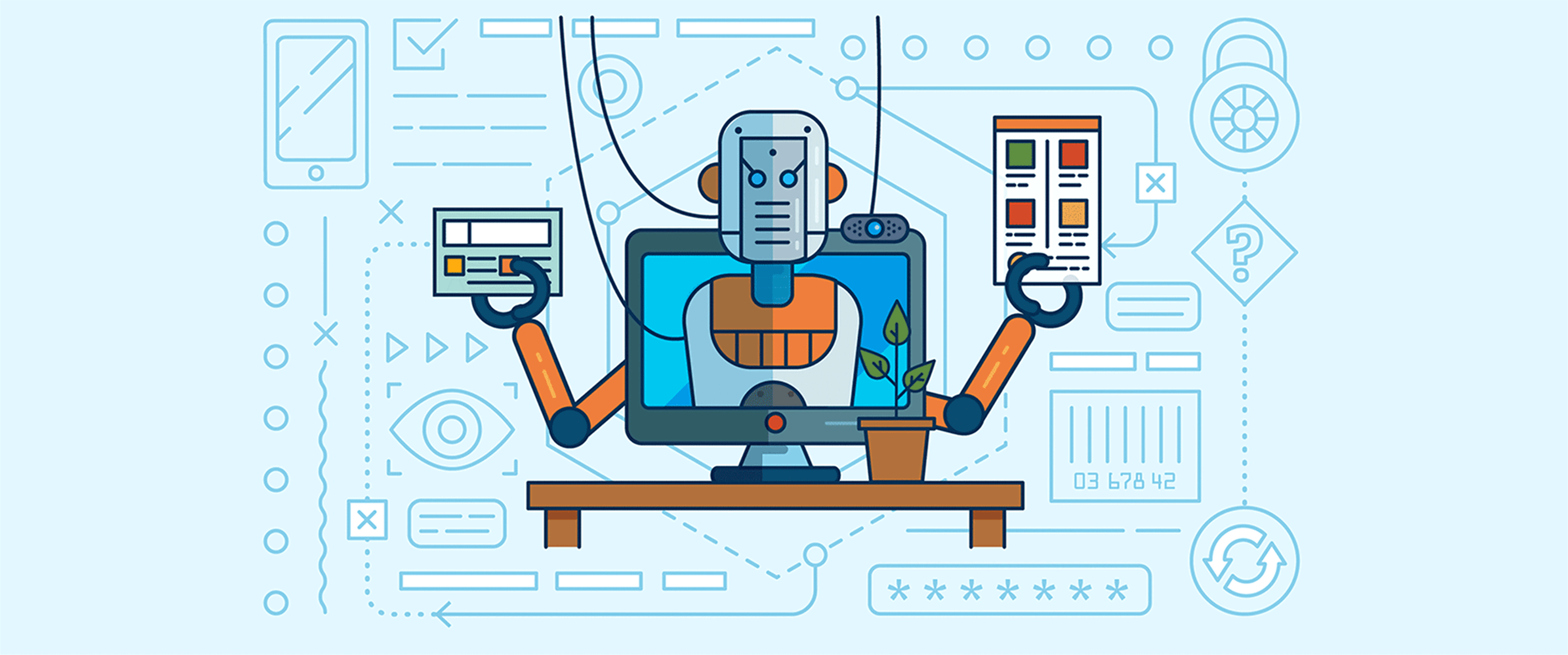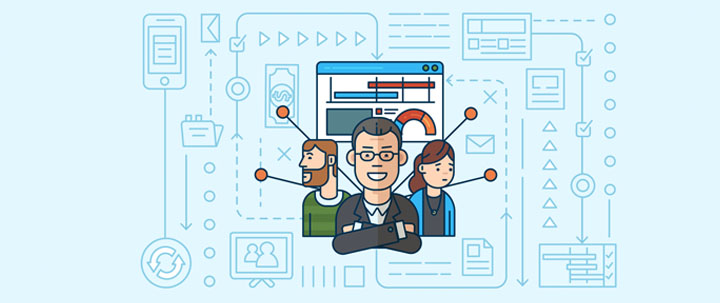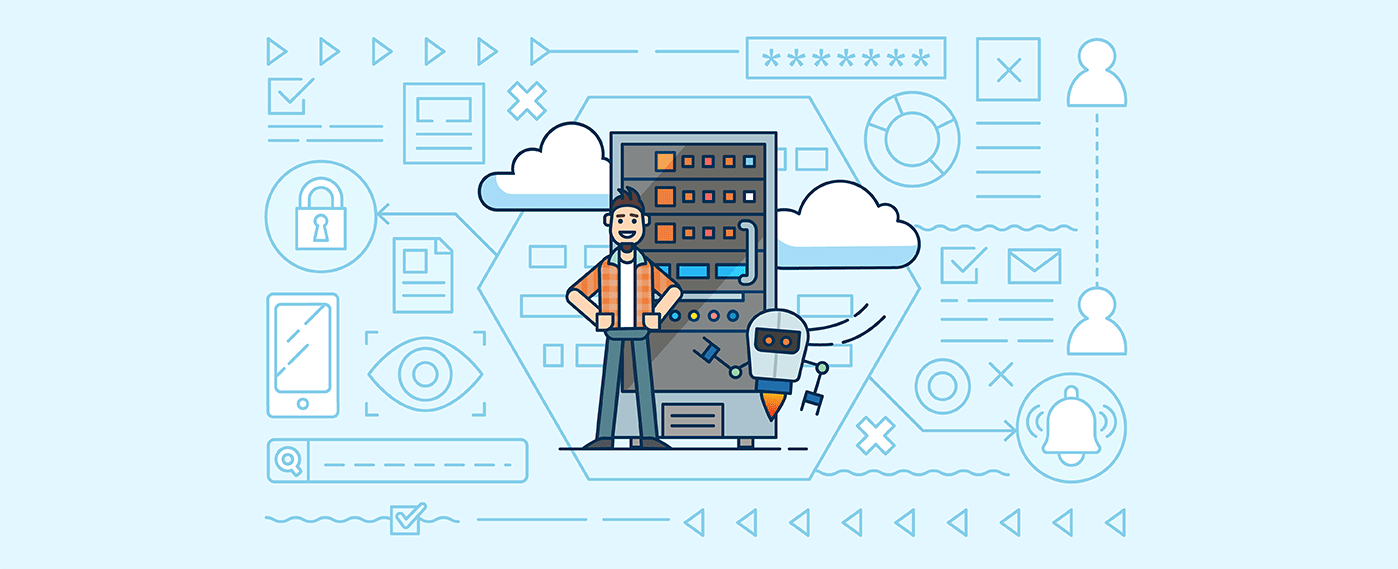As managed service providers (MSPs) have gained a larger foothold as indispensable partners for IT infrastructure, cybersecurity, and networking assistance, the need for increased efficiency in their service delivery has become more critical. At least 60% of organizations are expected to depend on MSPs by 2025 as outsourcing becomes more cost-effective, convenient, and reliable.
In the face of this increased demand, one efficiency-boosting approach gaining traction is the implementation of IT helpdesk automation. Yet, many MSPs have been slow to adopt this innovation. This article will examine the impact of IT helpdesk automation on MSPs and why those lagging behind should consider embracing this technology.
Understanding IT Helpdesk Automation
At one point, MSPs only handled basic maintenance tasks such as fixing server issues and reinstalling software.
However, as their role has expanded significantly, it now involves handling multiple critical functions like:
• Disaster recovery
• Cloud computing
• Cybersecurity
• Strategic consultation
Efficiently managing increasing workloads with less room for manual errors has become a pertinent issue.
To address this challenge, MSPs have automated repetitive, mundane helpdesk tasks such as password resets, ticket sorting, and tracking, as well as alerts and reporting. This streamlines operations and allows IT professionals to focus on more complex issues.
How IT Helpdesk Automation Works
AI, machine learning, and intelligent software programs underpin IT helpdesk automation. They work by allowing the automation of repeatable tasks and sequences based on specific rules or scripts established by the business.
For instance, the automation software can quickly taste and organize service requests or complaints by priority level before assigning them to the appropriate personnel. In more advanced settings, an automated system can diagnose an issue and use its programmed knowledge base to provide real-time solutions to clients.
Ticketing
IT helpdesk automation software automatically converts each user query, issue, or request into a ticket. Information like the user's identity, issue description, time and date, and the issue's priority level are recorded.
The system not only keeps the records but also categorizes and prioritizes these tickets based on the information provided, such as issue severity and urgency.
Categorization allows helpdesk staff to see at a glance what kind of issue they're dealing with, while prioritization ensures that users' problems are addressed in order of importance rather than who emailed or called first.
Routing
Once a ticket has been created, the system then automatically routes the ticket to the appropriate team or team member based on preset determined factors, like the ticket's category (for instance, hardware  issues getting sent to the hardware team, software issues to the software team) and the workload of each. Complex setups might also consider factors like the skill set of each team member, their schedules, and even their past performance with similar issues when deciding where to route tickets. This ensures that each issue is handled by the most appropriate and available person instead of just whoever is next in line. In addition, when the ticket gets resolved, the system automatically informs the user, keeping them updated throughout the process.
issues getting sent to the hardware team, software issues to the software team) and the workload of each. Complex setups might also consider factors like the skill set of each team member, their schedules, and even their past performance with similar issues when deciding where to route tickets. This ensures that each issue is handled by the most appropriate and available person instead of just whoever is next in line. In addition, when the ticket gets resolved, the system automatically informs the user, keeping them updated throughout the process.
How IT Helpdesk Automation Impacts MSPs
IT helpdesk automation has a transformative effect on MSPs. This impact is seen in several key areas:
Reduced operating costs
By automating routine tasks, MSPs can significantly reduce manual labor costs. This is particularly beneficial for smaller MSPs with limited resources that still need to handle large volumes of client requests. Automation also reduces the chances of costly errors caused by manual data entry or overlooked issues.
Increased efficiency and productivity
Automation enables the service desk function to be faster and more accurate in handling customer queries and service requests. It reduces the previously manual ticket allocation process, ensuring fast and effective distribution of tasks among the staff, thereby increasing their productivity. With an automated service desk, MSPs can handle multiple tasks simultaneously without compromising the quality of service.
Improved client services and support
As client expectations grow, delivering timely and effective services has never been more important. Helpdesk automation enables MSPs to quickly respond to queries, improving client satisfaction. Moreover, the ability to fix issues proactively reduces downtime, leading to improved relationships and loyalty.  Enhanced security
Enhanced security
By automating certain security functions, such as real-time monitoring and regular patching, MSPs can better maintain the security of their clients' IT infrastructures. Moreover, automation tools can churn out real-time reports, enabling MSPs to promptly identify and address security risks.
Streamlined tasks and processes
Automation simplifies and standardizes tasks and processes, reducing the learning curve for new employees and eliminating confusion caused by inconsistent practices. MSPs can have better control and visibility over their functions, making it easier to identify areas that require improvement.
Future of IT Helpdesk Automation and MSPs
Already, comprehensive tools like SherpaDesk have been developed with powerful capabilities to handle a wide array of routine IT tasks. These tools automate ticket management, routing, asset tracking, timekeeping, and billing, making them essential platforms for efficient MSP operations.
But as artificial intelligence (AI) and machine learning (ML) continue to advance, we can expect IT helpdesk automation to become even more sophisticated. Future automation tools will be able to learn from previous tickets and issues, further improving their ability to diagnose and resolve problems.
This adaptive capability will make them even more important—if not required—for MSPs providing the highest level of service. Additionally, automation tools will likely begin proactively dealing with IT issues, carrying out regular system checks and identifying potential problems before they impact a client's operations.
This will revolutionize the idea of an MSP, taking them from a partner your business goes to when it has a problem to a silent guardian actively working to prevent issues from ever occurring.
Final Thoughts
With the rapid evolution of technology, there may be even more exciting developments in IT helpdesk automation. As AI and ML continue to improve, it's not far-fetched to imagine self-healing networks and systems that need little (if any) oversight. For any MSP wanting to stay competitive and cater to an ever-growing and technologically advanced client base, embracing IT helpdesk automation is no longer optional.
It's an essential move that guarantees reduced operating costs, increased productivity, improved service levels, enhanced security, and better client satisfaction. Investing in IT helpdesk automation today will shape how MSPs operate in the future and will undeniably be the road to growth.


.png)
%201.png?width=559&height=559&name=close-up-women-working-with-devices%20(1)%201.png)








